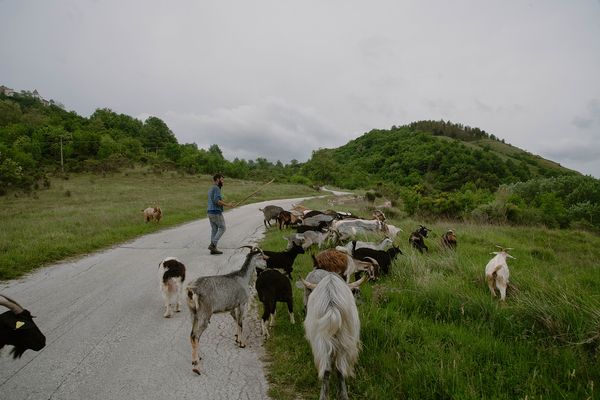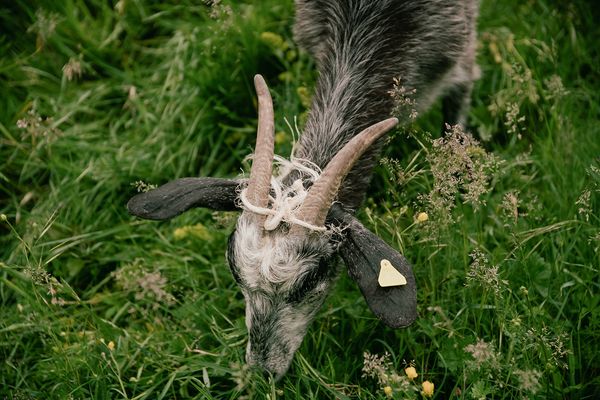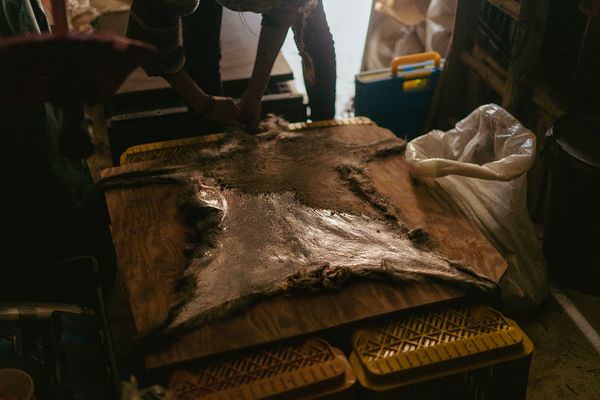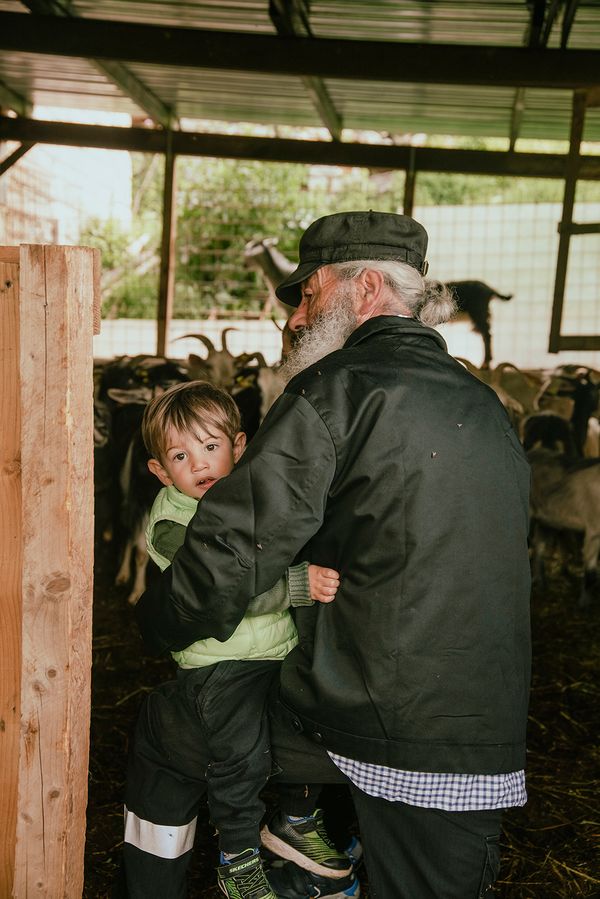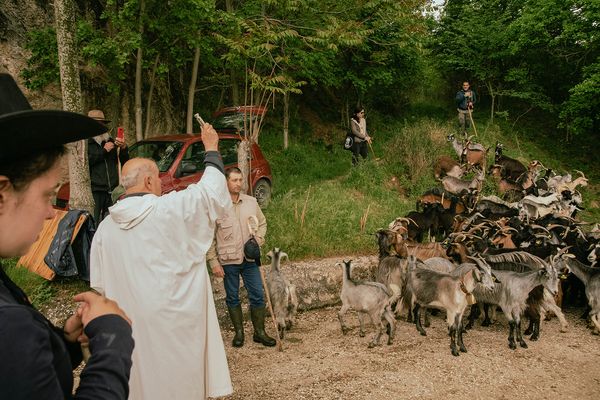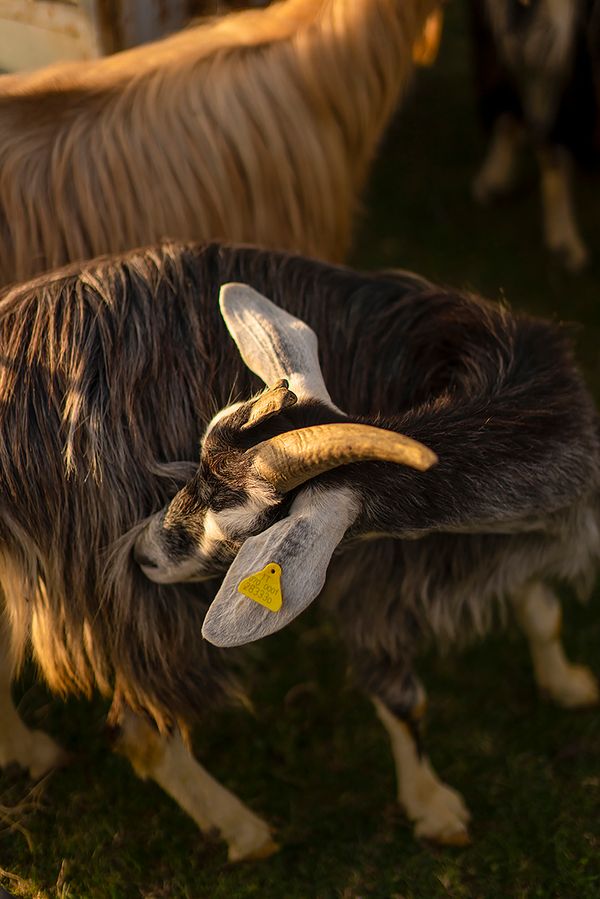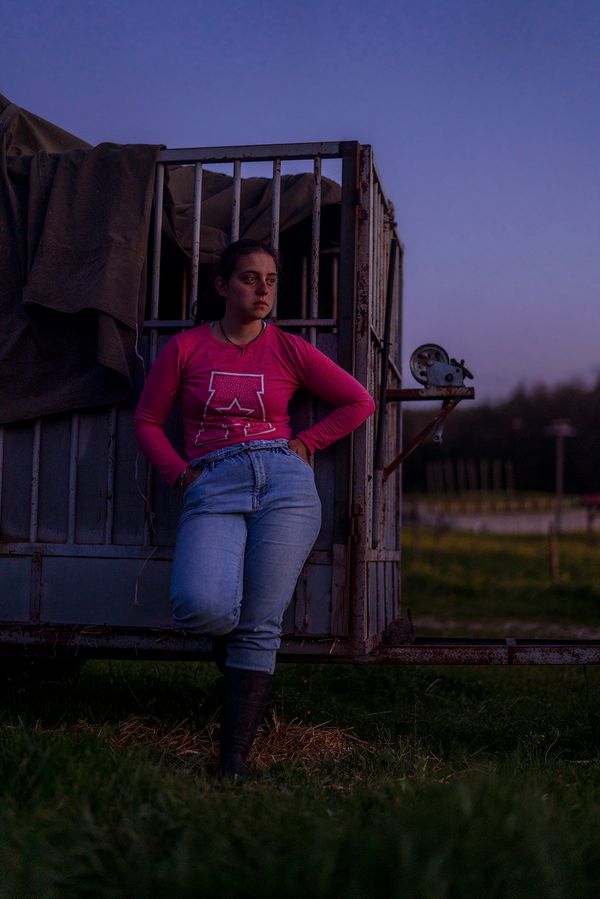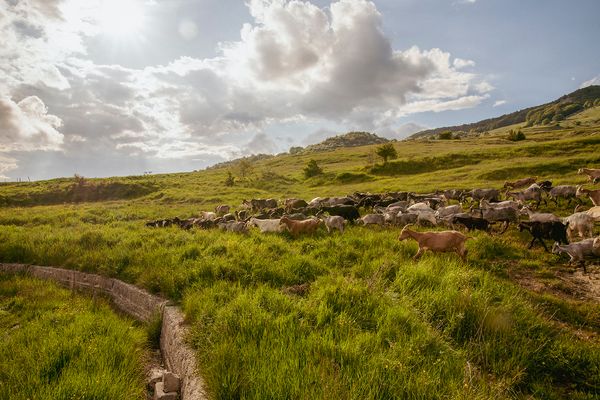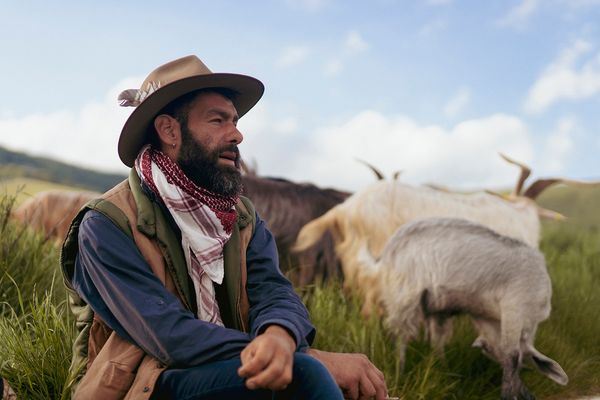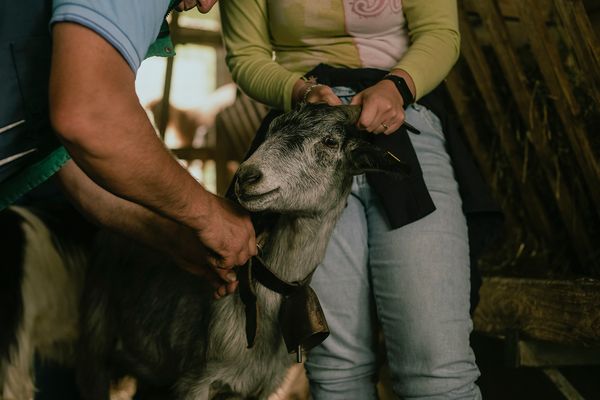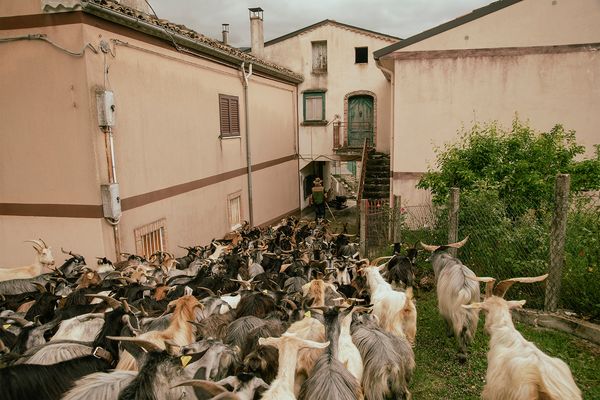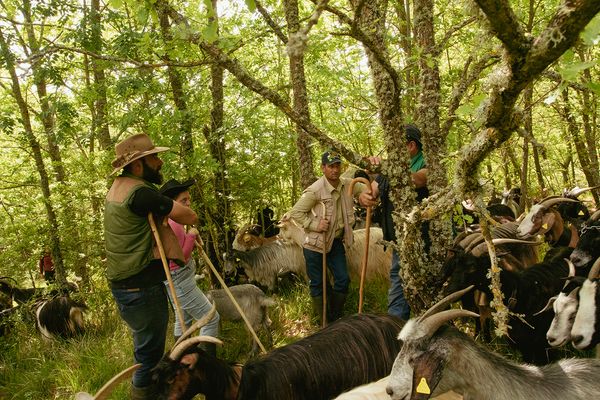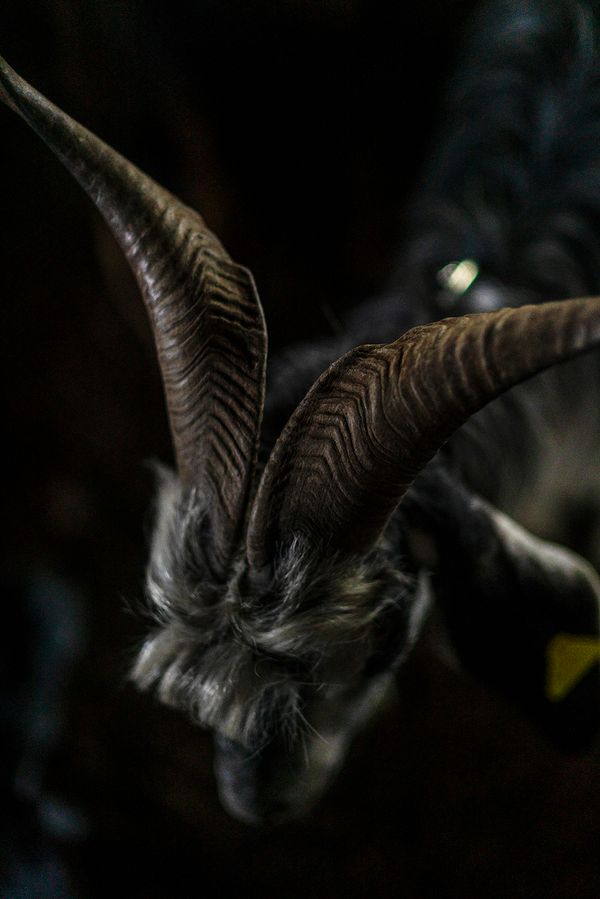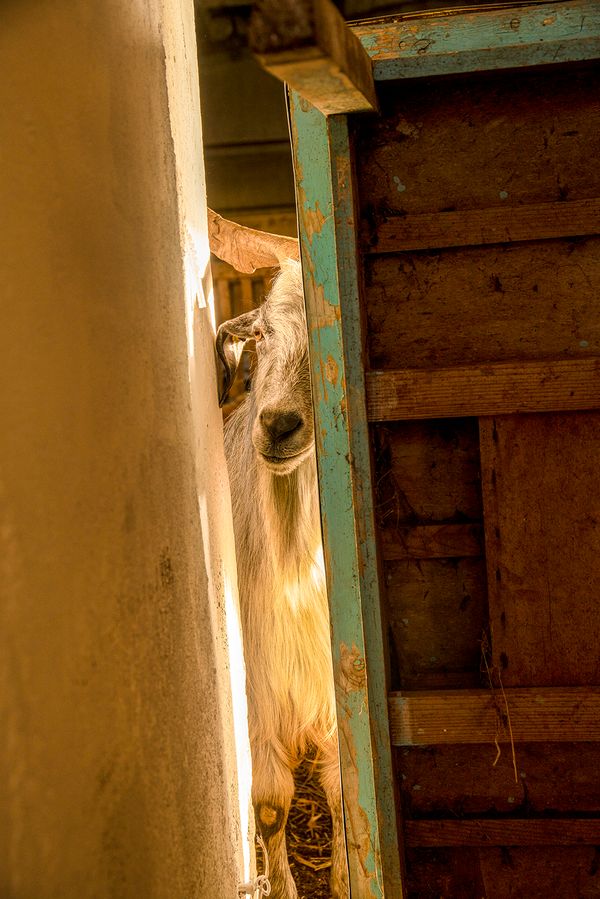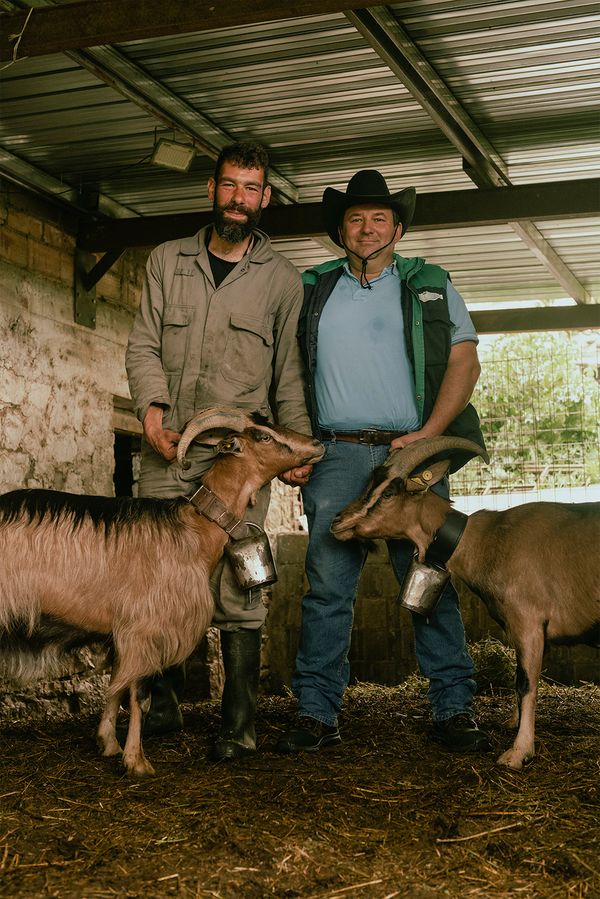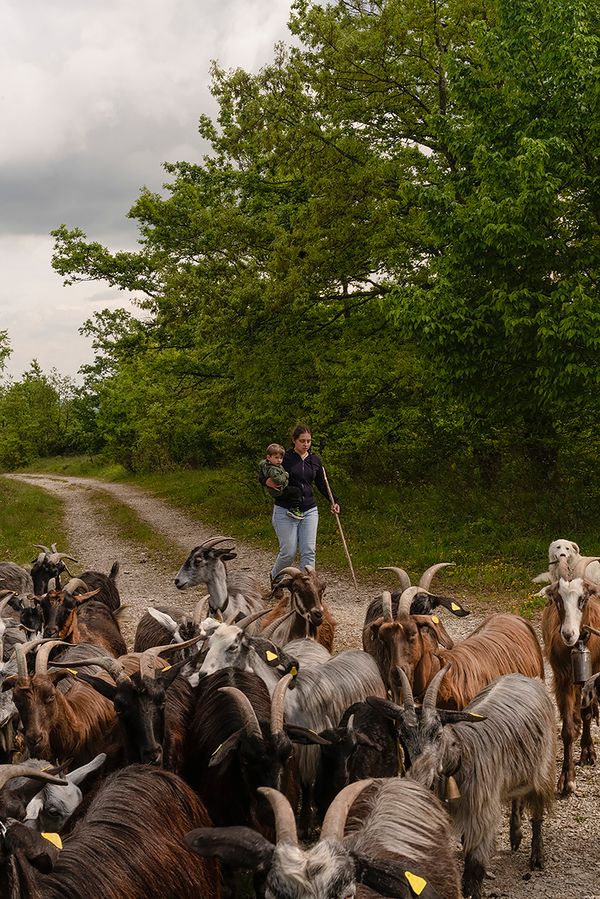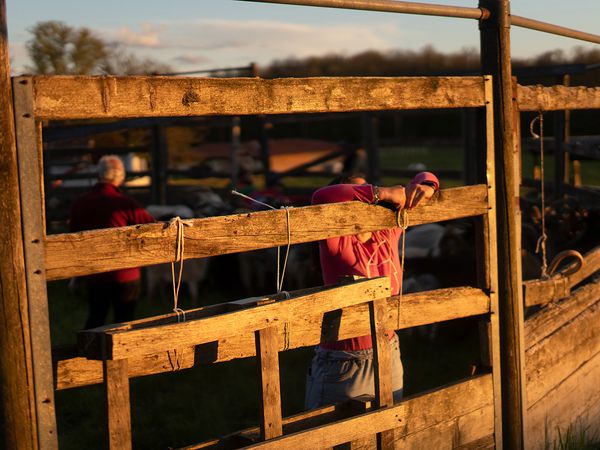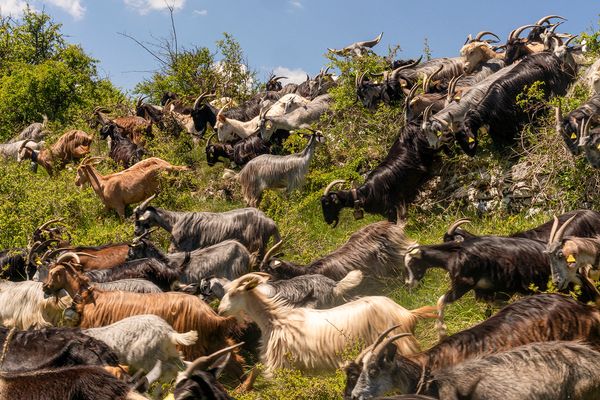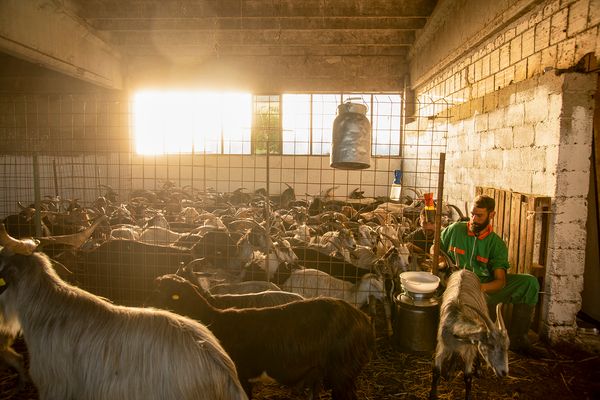La transumanza
-
Dates2024 - 2024
-
Author
The ancient rite of transhumance in Molise is being revived thanks to Valerio Berardo, born in Rome to parents originally from Duronia (CB), who has chosen to return to his parents' homeland and shepherd his herd of goats.
Transhumance is a millennia-old tradition with roots that extend deep into the past. This practice, consisting of the seasonal movement of livestock between mountain and lowland pastures, is still alive in many parts of the world. It manifests itself in different forms depending on the geographical, cultural, political, and economic context of each region. This custom has profoundly shaped landscapes and rural communities, fostering rich biodiversity and preserving centuries-old cultural traditions.
In the Italian region of Molise, a young shepherd, Valerio Berardo, embodies the spirit of transhumance. His annual journey with his goats spans three days, traversing the historic Celano-Foggia and Lucera-Castel di Sangro trails, beginning in Duronia and culminating in the summer pastures of Capracotta.
Valerio's transhumance is more than just a journey; it's an expression of community. Families and friends unite to support one another, forging unbreakable bonds of solidarity. Braving rugged terrain and the ever-present threat of predators requires unwavering determination. But what truly sets transhumance apart is the love that permeates every aspect of this ancient practice. The animal care, respect for the natural world, and camaraderie among people make this activity a symbol of resilience and harmony. Each step taken along the mountain paths is not merely an act of survival but a testament to the enduring power of human connection to the land.
